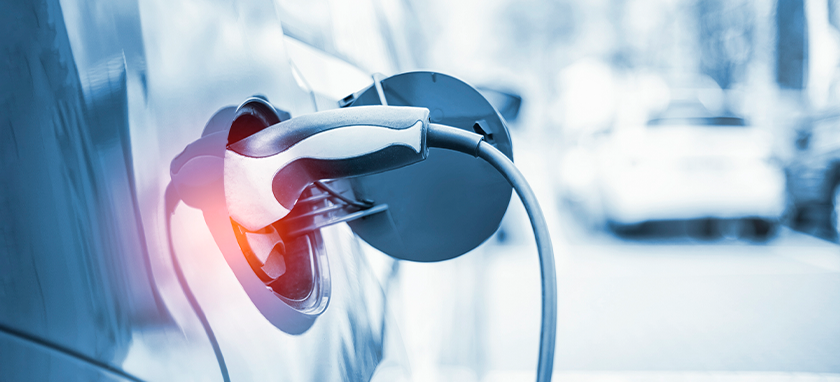
The sale of new petrol and diesel cars will be banned by 2030, so many people are looking to get ahead of the change.
With the announcement by the government that the sale of new petrol and diesel cars will be banned by 2030, many people are looking to get ahead of the change and help minimise their carbon footprint through the use of electric vehicles (or EV’s).
Ansvar has already had enquiries from some of the charities we insure relating to the provision of electric car charging points at their premises and how they can minimise the risks involved. In this article we will share general advice on how you can provide an increasingly necessary opportunity for drivers to charge their electric vehicles in a safe way for all.
A growing demand for charging ports
There are already 150,000 zero-emission Battery Electric Vehicles on the UK’s roads and around 185,000 Plug-in Hybrid and Range-Extended Electric Vehicles licensed for use, according to research published by the RAC. This has led to a surge in the number of parking locations installing charging ports to keep up with the increasing demand from drivers.
The time needed to charge an electric vehicle can be anything between 30 minutes and several hours, depending on the size of the battery and the speed of the charging point. If not suitably managed by those providing the charging facilities, these ports along with the car batteries could pose fire safety risks.
Consider the location of the port
We all know that batteries, more specifically Li-Ion batteries can be dangerous. We have seen the videos of mobile phones catching fire and how difficult they are to extinguish, this is why, with such large Li-Ion batteries, safety is something that needs to be a high priority.
Firstly, you’ll want to think carefully about where you install your charging port. It needs to have sufficient space around it to accommodate the car and for ease of use. If your parking facility is in an enclosed space, you should try and place your charging point on an open air roof deck (for example), to minimise the potential for fire spreading within the car park. A well ventilated area will also help minimise the risk of overheating.
Also think about the area surrounding it. Are there any flammable or combustible materials that could lead to further danger should a fire occur?
Train your personnel
It’s imperative that your staff or volunteers understand how to carry out a simple visual inspection and who they should report any damaged equipment to. You should also have a named individual who knows how to isolate the power to the charging equipment if needed.
Other members of staff should know the actions they should take if there is an emergency, including how to raise the alarm and evacuate the area.
Safe installation
Using properly qualified people in all aspects of installing, maintaining, and using a charging port for an EV, is paramount in minimising fire risk. This means that these ports should only ever be installed by a competent and recognised electrician who knows exactly what they are doing.
There should be clear signage that the charging point should only be used as per the manufacturer’s instructions, and that the bay in which the user should park is clearly marked. If you have multiple charging points, you should clearly state which spot is to be used with which charging point, and what vehicles it’s suitable to charge.
Where rapid charging points are provided, they should be clearly marked for users to easily differentiate between those and a conventional charging point, due to the hazards associated with the direct current.
If a vehicle battery or cells within the battery appear to be overheating, the manufacturer should be contacted immediately.
Have more questions?
As an insurance provider, Ansvar is always keen to share ways in which you can minimise your risk and operate in as safe a manner as possible. We hope you have found this article helpful in highlighting some of the key areas to consider when it comes to installing charging points and what that can mean for fire safety.
If you do have any more questions or you would like further details about Ansvar charity insurance, please contact your insurance broker.
